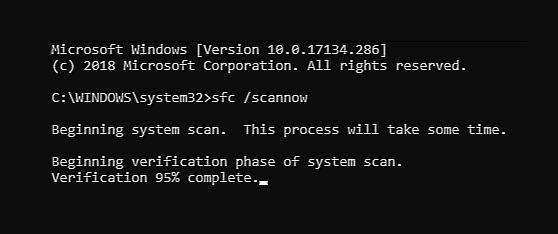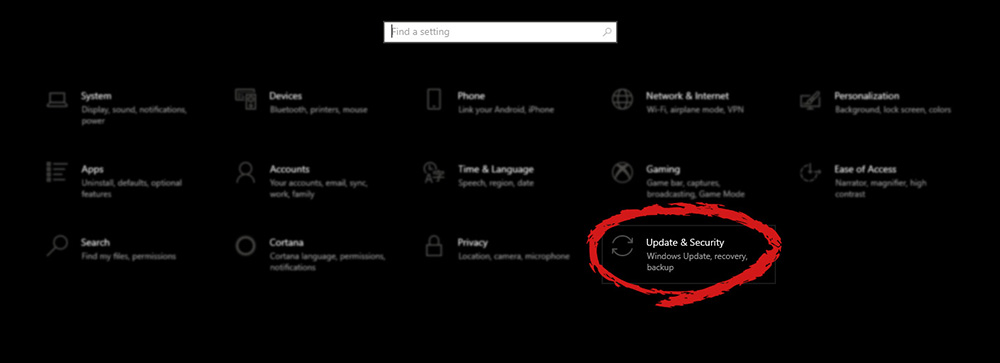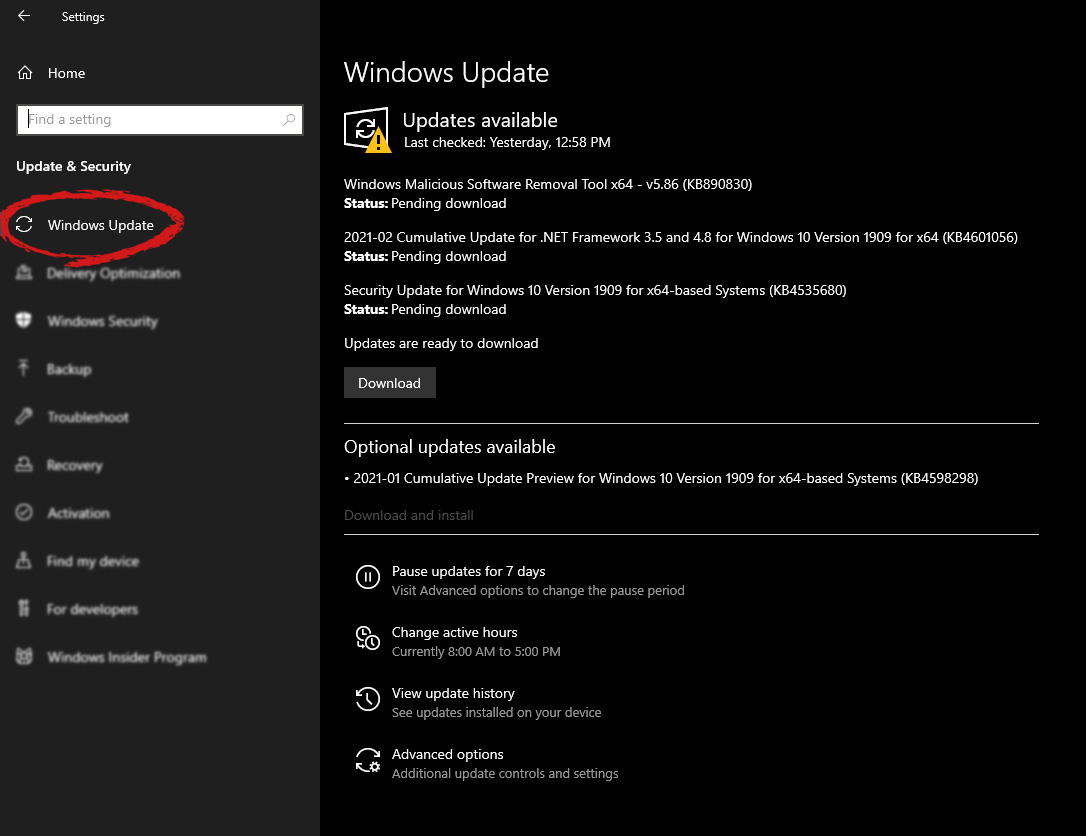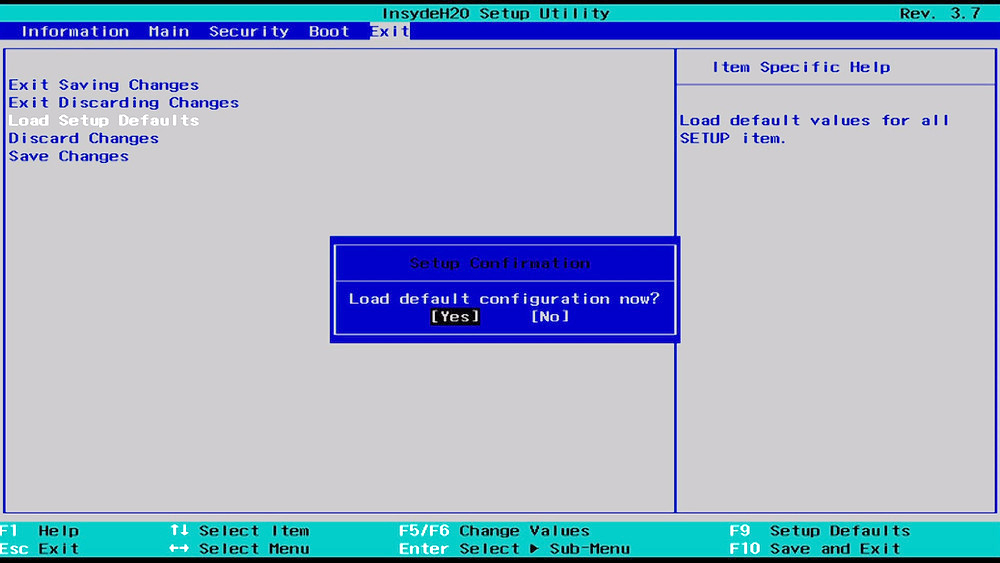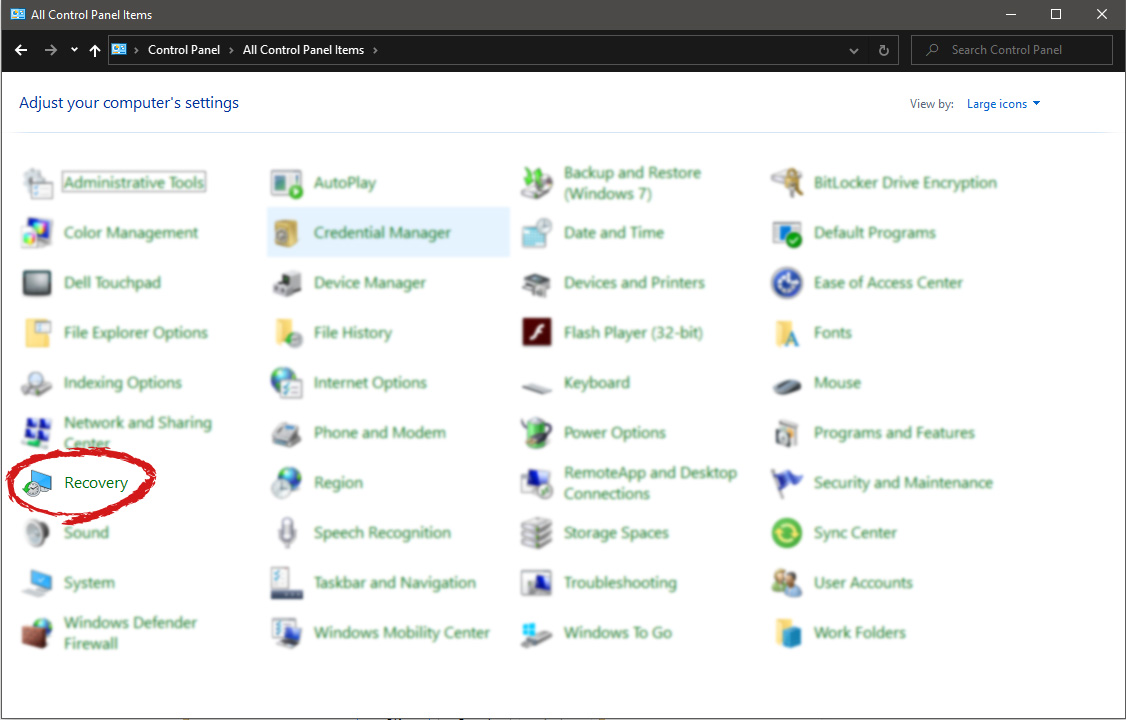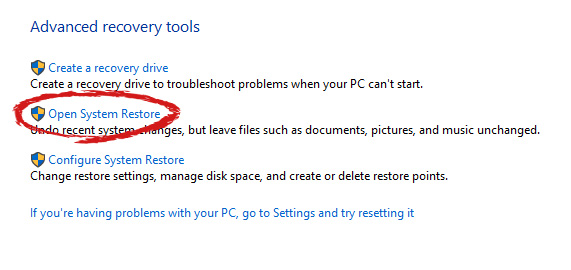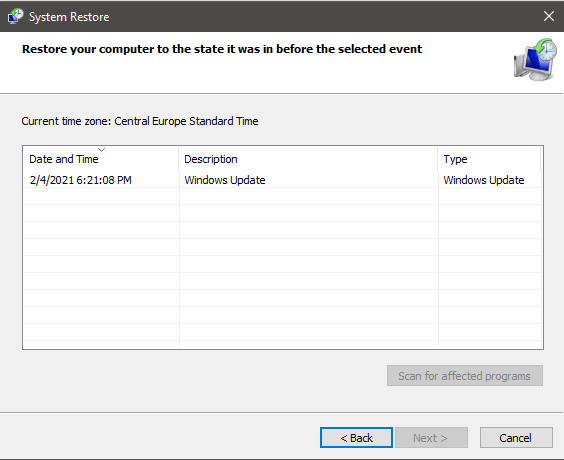Troubleshooting Error 504
Error 504 - What is it?
Error 504 is a type of runtime error that occurs on Windows PC. A runtime error is a bug that causes software or hardware problems thereby preventing programs from working on your PC correctly.
This error may occur during the execution of the program. It also slows down your PC performance.
Solution
 Error Causes
Error Causes
Error 504 can be triggered by many causes such as:
- Incompatibility between 2 software programs
- Malicious software
- Missing DLL files
- Registry issues
Further Information and Manual Repair
Whenever you experience the error 504 on your system, it is advisable to resolve it immediately, typically because runtime errors like error 504 can lead to system failure and valuable data loss which is more than often hard to recover.
To resolve this error code, you don’t necessarily have to hire a professional for the job. In fact, here are some solutions that you can try to fix by yourself, even if you are not a computer programmer.
1. Get the latest updates for Windows and for the program showing the error
This is a quick way to resolve runtime error 504 on Windows PC. To update the latest updates for Windows and for the program causing the error, open Windows Update by going to the start menu.
In the search box type ‘update’ and then in the list of results click Windows Update. In the left pane click on check for updates, wait while Windows looks for the latest updates.
It will show you a list of updates available select the important updates that you want to install. Then click ok and then click install updates.
After the updates are successfully complete, restart your PC and try running the application. If the error still persists, then try the solution given below.
2. Scan For Malicious Software
Sometimes the runtime error 504 may occur due to
viral infection and malware. So, to resolve it download an antivirus. However, the antivirus can also slow down your PC performance.
3. Scan for Registry Issues
Another way to resolve it is to scan for registry issues. The registry and DLL files get damaged when it overloads with too much data. This particularly includes irrelevant and obsolete files.
Registry issues trigger runtime errors like 504.
The best way to resolve it is to download Restoro. This is an advanced and multi-functional PC Fixer embedded with multiple utilities like a registry cleaner, an antivirus, and a system optimizer.
The registry cleaning utility resolves registry issues by removing the unnecessary files completely and repairing the damaged dll files. The antivirus module scans and removes all kinds of malicious software on your PC like viruses and Trojans, thereby resolving the runtime error 504 in seconds.
As for speed, Restoro also functions as a system optimizer which boosts the performance of your system significantly.
Restoro is safe and bug-free software. It has simple navigation and a user-friendly interface which makes it very easy to operate and workaround. It is compatible with all Windows versions.
Click here to download Restoro and resolve error 504 today!
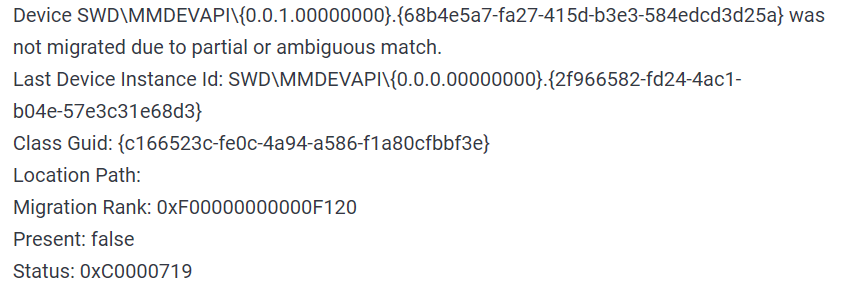 The first thing that would pop into my mind is that I have lost tons of work and that something in my hardware has gone very wrong and it is dead. Luckily that is not the case and this error means that due to Windows update drivers were not properly transferred due to some compatibility issues, maybe it was a corrupt update file, etc. Of course, the reason could be hardware malfunction as well, but if everything was working fine before the update, it is a software issue, and I must say it is a common one and fixable. Please keep reading this guide in order to fix the Device not migrated error.
The first thing that would pop into my mind is that I have lost tons of work and that something in my hardware has gone very wrong and it is dead. Luckily that is not the case and this error means that due to Windows update drivers were not properly transferred due to some compatibility issues, maybe it was a corrupt update file, etc. Of course, the reason could be hardware malfunction as well, but if everything was working fine before the update, it is a software issue, and I must say it is a common one and fixable. Please keep reading this guide in order to fix the Device not migrated error.
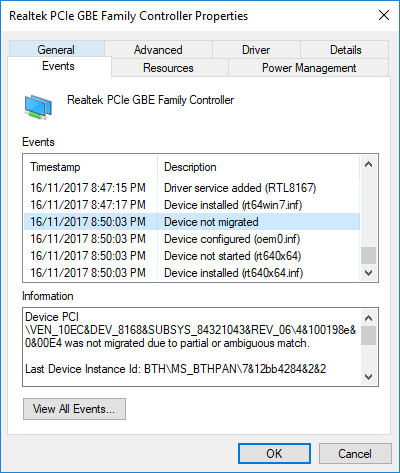
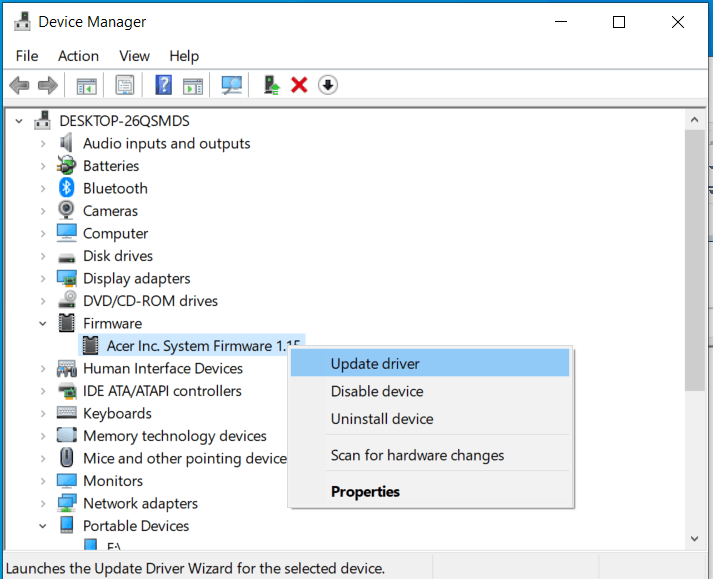
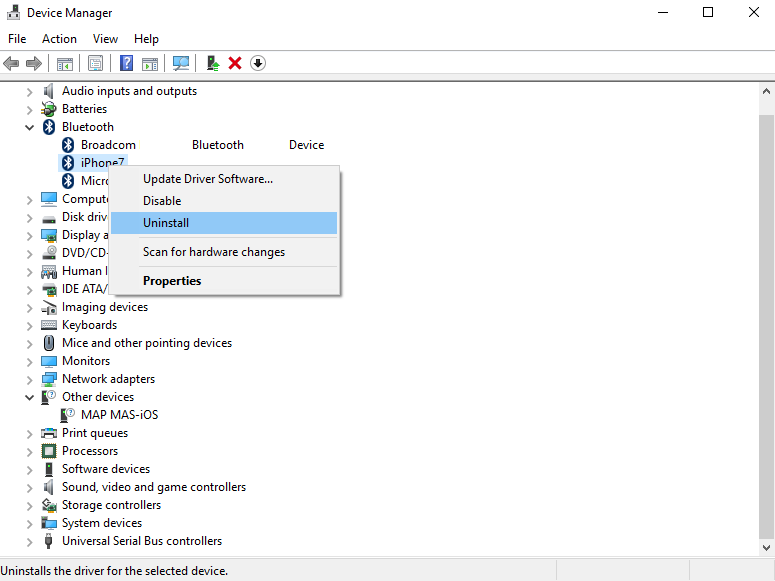
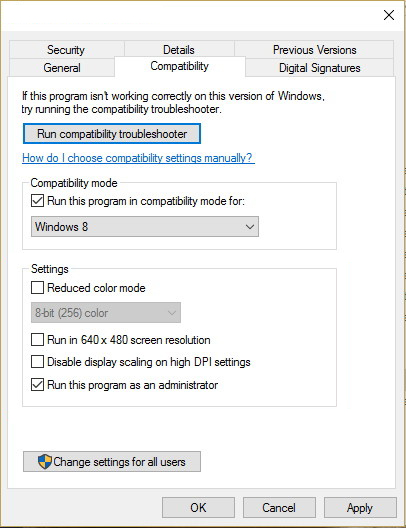 Reboot your system after this step.
Reboot your system after this step.